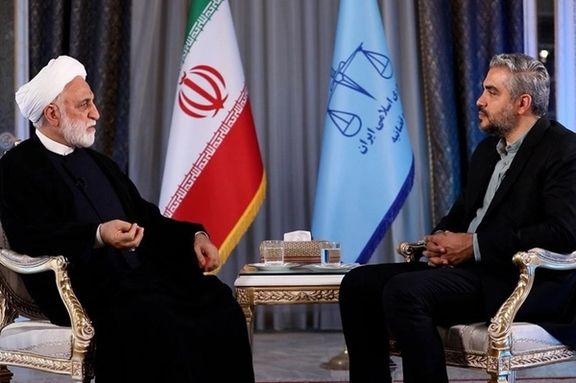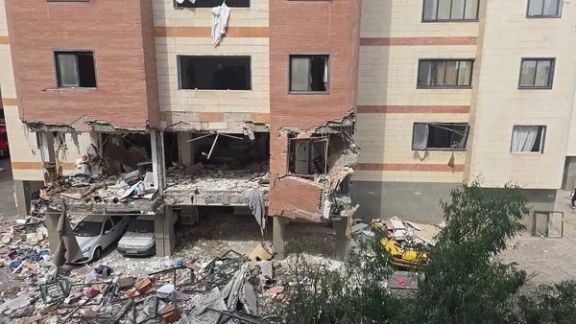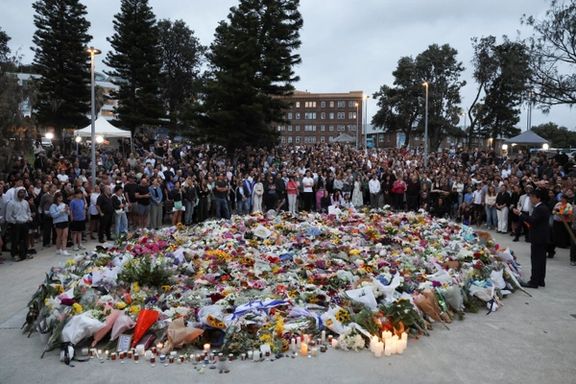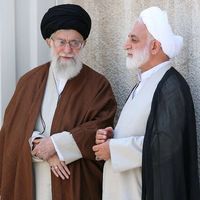“We are fully prepared for any Israeli military action, and our forces stand ready to strike deep into the occupied territories once again,” Masoud Pezeshkian told Al Jazeera Arabic, stressing however that the country does not want war.
The conflict between Iran and Israel was triggered by Israeli airstrikes on June 13 that hit military, nuclear, and civilian sites across Iran. Among those killed were senior Iranian military commanders and nuclear scientists.
Iran retaliated with ballistic missile and drone attacks on Israel.
Iran says 1,062 people were killed during the 12-day conflict with Israel, including 786 military personnel and 276 civilians.
Israeli medical officials say a total of 28 people were killed and over 3,000 were wounded by Iranian attacks.
Pezeshkian said Tehran holds Washington partly responsible for the attacks after the US conducted follow-up strikes to Israel's opening attacks on three major Iranian nuclear facilities, later saying to have "obliterated" them. A ceasefire between Iran and Israel took effect on June 23.
Iran says its nuclear program is peaceful. Pezeshkian repeated the same position in the interview, adding that the Islamic Republic has no intention of acquiring nuclear weapons.
“We categorically reject possessing nuclear weapons,” he said. “This is our political, religious, human, and strategic position.”
The president also disputed US President Donald Trump's statement that Iran’s nuclear capabilities had been destroyed, calling the claims an "illusion".
“Nuclear capability resides in the minds of our scientists, not in our facilities," he said.
Diplomatic negotiations on Iran’s nuclear program are expected to resume Friday in Istanbul, where Iranian officials will meet representatives of the E3—France, Germany, and the UK. Talks between Iran and the US, previously channeled through Oman, remain suspended following last month’s escalation.
The three European states, known as E3, have said they would restore international sanctions on Iran by the end of August if the country did not enter productive talks on its nuclear program with Western powers.
Pezeshkian said Tehran remains open to diplomacy but added that “Any future negotiations must be based on a win-win logic.”











